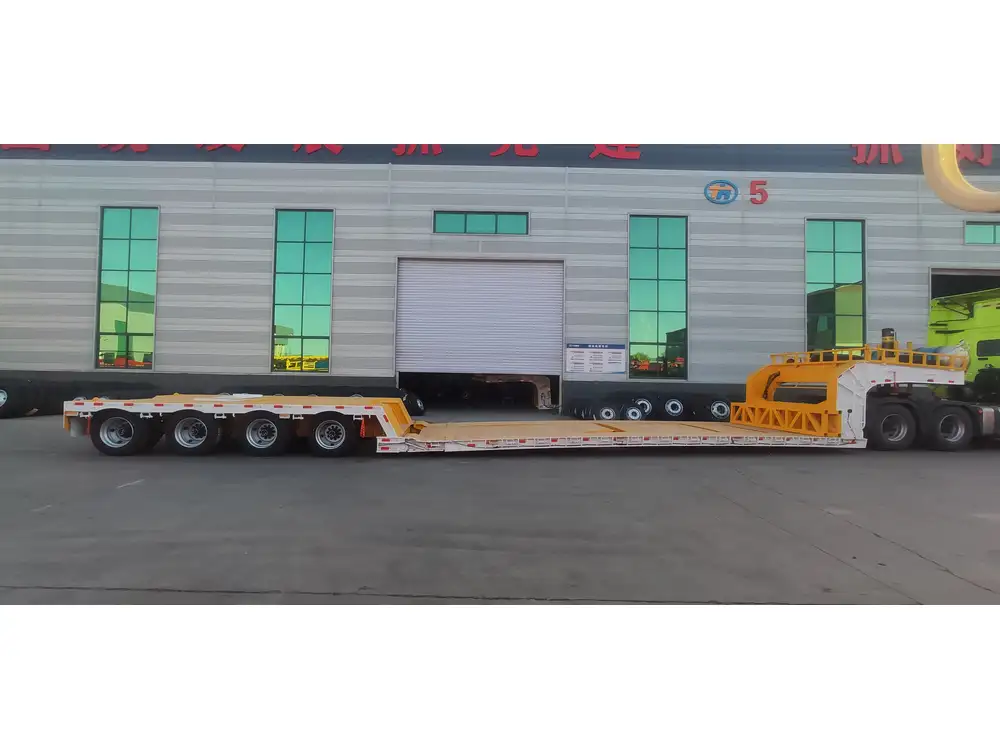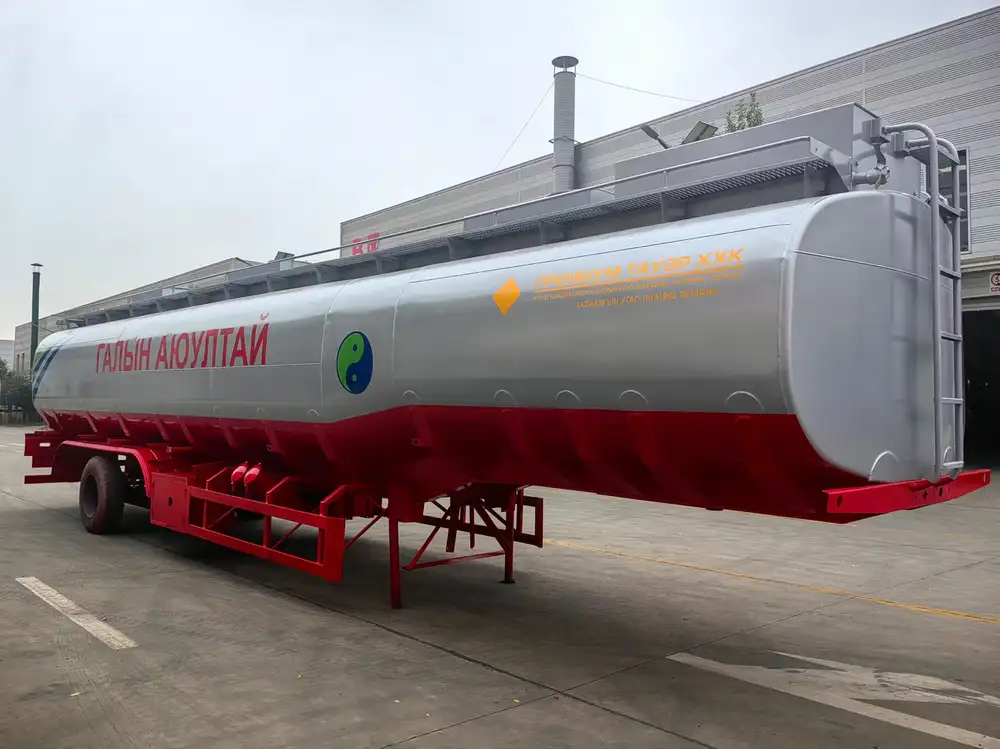The road safety of heavy vehicles begins with the proper functioning of their braking systems. Ensuring that the antilock brake sensors on your semi-trailer are set correctly is essential for maintaining optimal performance and safety standards. This article will delve into the detailed steps necessary for setting these critical sensors, highlight common pitfalls to avoid, and provide insights into troubleshooting and maintenance practices.
1. Understanding Antilock Brake Systems (ABS)
Before proceeding with the sensor setup, it is crucial to have a basic understanding of antilock brake systems. ABS is designed to prevent wheel lock-up during braking, which is particularly vital for maintaining control in challenging driving conditions. These systems rely on wheel speed sensors to monitor the rotation of each wheel and to adjust brake pressure accordingly.
Key Components of an ABS
| Component | Function |
|---|---|
| Wheel Speed Sensors | Monitor wheel rotation speed, sending data to the ABS module. |
| ABS Control Module | Processes input from sensors and controls brake pressure. |
| Brake Actuators | Adjust the brake force applied to each wheel based on ABS commands. |

2. Tools Required for Setting Antilock Brake Sensors
To set the antilock brake sensors accurately, gather the following tools:
- Diagnostic scanner: To communicate with the ABS control module.
- Torque wrench: For precise sensor installation.
- Multimeter: To check the voltage and resistance of sensors.
- Basic hand tools: Wrenches and screwdrivers for sensor adjustments.
- Safety gear: Gloves and goggles for personal protection.
3. Step-by-Step Guide to Setting Antilock Brake Sensors
Setting the antilock brake sensors requires methodical steps to ensure precision and safety.
Step 1: Preparation
Safety First: Engage the parking brake and block the wheels to prevent unintended movement. Wear protective equipment.
Refer to the Service Manual: Ensure you have the manufacturer’s manual for the specific semi-trailer model on hand. Different makes may have unique requirements for sensor setup.

Step 2: Inspect Existing Sensors
Visual Inspection: Examine the sensors for any signs of damage or corrosion. Look for loose connectors or frayed wiring.
Testing with Multimeter:
- Disconnect the sensor and measure the resistance across its terminals.
- Compare the reading to the specifications in the service manual.
Replace Faulty Sensors: If any sensor exhibits resistance outside the specified range, replace it before proceeding.
Step 3: Install New Sensors
Align the Sensor: When installing new sensors, ensure they are correctly aligned with the reluctor ring (the toothed wheel the sensors read).
Torque Specifications: Use a torque wrench to tighten the sensors as per the torque settings indicated in the service manual. Over-tightening can damage the sensor or mounting point.
Step 4: Initial Calibration Procedure
Connect the Diagnostic Scanner: Plug in the scanner and power the vehicle on without starting the engine.
Access ABS Functions: Navigate the scanner menu to find the ABS module and select the calibration option.
Run Calibration: Follow the prompts for calibration, which may include spinning the wheels manually or driving the vehicle at specific speeds.

Step 5: Testing the ABS
Functional Test: With the vehicle on a safe, flat surface, perform a series of brake applications to confirm that the ABS activates correctly.
Monitor Indicators: Check the dashboard for any ABS warning lights. If present, it may indicate an error in the sensor setup.
4. Common Problems and Troubleshooting
Sensor Discrepancies
If you experience irregularities in braking performance after setup, consider the following troubleshooting steps:
| Problem | Possible Causes | Solution |
|---|---|---|
| ABS Warning Light On | Faulty sensor or poor connection | Inspect wiring and connectors, replace sensors as necessary. |
| ABS Not Activating During Braking | Incorrect installation or calibration | Recheck the sensor alignment and recalibrate. |
| Intermittent ABS Issues | Sensor damage or dirt on sensors | Clean sensors and ensure they are properly installed. |

5. Importance of Regular Maintenance
Regular maintenance is imperative to prolong the lifespan of your antilock brake system. Consider adopting a maintenance schedule that includes:
- Regular Inspections: Check connectors and sensors for wear.
- Brake Fluid Quality: Monitor and replace brake fluid as needed.
- System Diagnostics: Conduct periodic scans with a diagnostic tool to identify potential issues before they become critical.
6. Enhancing Safety through Knowledge
Understanding how to set antilock brake sensors effectively enhances not only your vehicles’ performance but also ensures that safety is prioritized. With adequate knowledge and the right tools, you can maintain your ABS system and address any complications that arise.
Additional Tips
- Stay Informed: Keep abreast of any bulletins or updates related to your specific semi-trailer model from the manufacturer.
- Documentation: Keep a record of all maintenance work and sensor changes to aid future troubleshooting and maintenance.

7. Conclusion
Setting antilock brake sensors on a semi-trailer is not merely a mechanical task but a crucial component in safeguarding the vehicle’s operational integrity. By following the detailed steps outlined above and remaining vigilant in maintenance practices, we can ensure that our semi-trailers perform at optimal safety levels.
Utilizing this comprehensive guide helps to empower manufacturers, fleet managers, and operators to take charge of their braking systems with confidence, ensuring that they keep the wheels of commerce turning safely on our roadways.
Call to Action
For any further inquiries or to discuss your specific needs regarding semi-trailer maintenance, contact our team of experts today. We are here to assist you in every step of ensuring your fleet remains safe and efficient on the road.



